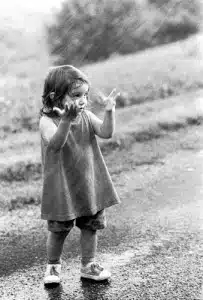
Storytelling Moral Survival System: Part six
Defining Story as a Significant Emotional Experience My current teaching definition of story is: “the narration of a significant emotional experience that feels meaningful to both teller and listener.” Teaching non-professional storytellers helped me realize that it is much easier for them to find a great story if I ask them to think about a

